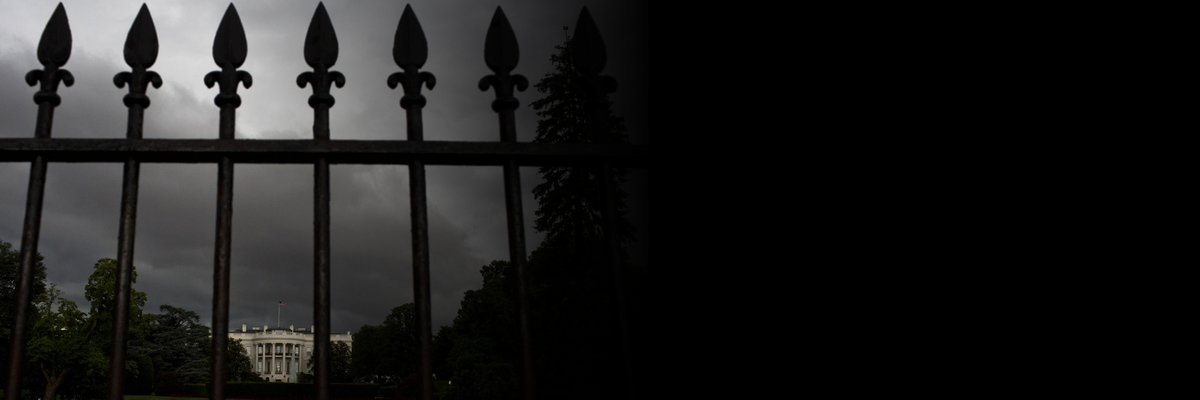
It's a nightmare.
Mass deportations. Political revenge. Project 2025. Unfathomable corruption. An all-out assault on democracy. Everything we care about is in danger, and Common Dreams is fighting back by exposing their lies and lifting up the voices of those working to stop Trump and his allies.
We must start 2026 strong. Our Year-End Campaign is our most important fundraiser, and every gift helps keep our independent, fearless journalism alive. Will you stand with Common Dreams and make a year-end donation today?